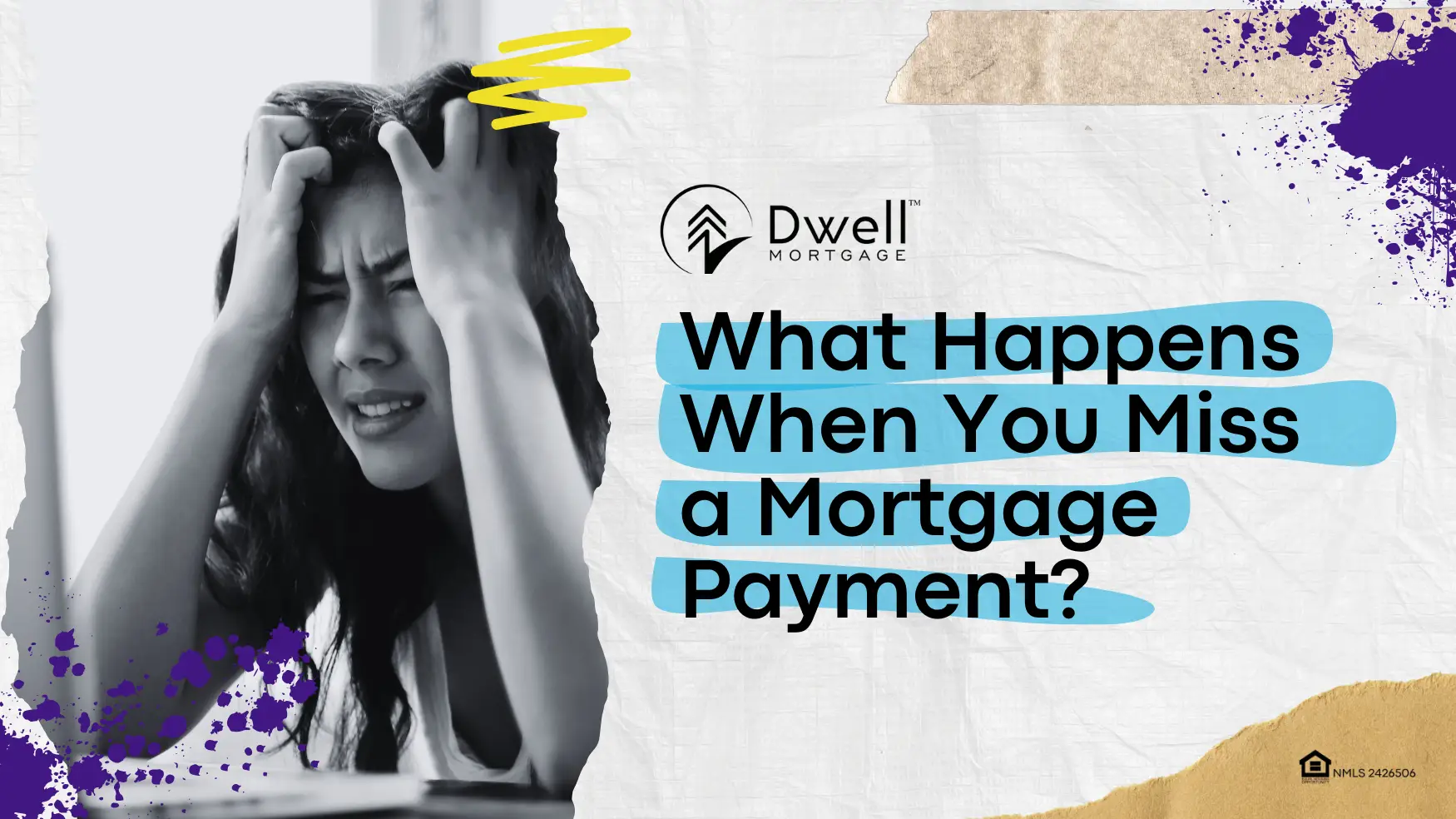Closing Your Loan & Home Purchase Successfully
Closing on a house is the final step in your homebuying journey, and it’s an exciting moment when you officially become a homeowner. However, the closing process involves several important steps and a lot of paperwork. Understanding what to expect can help ensure a smooth and successful closing. This article will guide you through the essential steps and what you need to do to prepare for closing day.
What is Closing?
Closing, also known as settlement, is the process where the ownership of the property is officially transferred from the seller to the buyer. This involves signing various legal documents, paying closing costs, and finalizing the mortgage. Once everything is completed, you receive the keys to your new home.
Steps Leading Up to Closing
- Purchase Agreement Acceptance: The process begins when the seller accepts your purchase offer. This agreement outlines the terms of the sale, including the purchase price, contingencies, and closing date.
- Home Inspection: After the purchase agreement is signed, you should schedule a home inspection. This step is crucial to identify any potential issues with the property. If significant problems are found, you may negotiate repairs or a price reduction with the seller.
- Loan Origination: Your lender will start the loan origination process, which includes reviewing your mortgage application, verifying your financial information, and ordering an appraisal to determine the property’s value.
- Appraisal and Underwriting: The lender will conduct an appraisal to ensure the home’s value supports the loan amount. The underwriter will review your application and financial documents to decide whether to approve the loan.
- Loan Approval: Once the underwriting process is complete, you’ll receive a loan approval. This means the lender has agreed to provide the mortgage, pending final verification of your financial status.
- Homeowner and Title Insurance: You’ll need to secure homeowners insurance to protect your new home. Additionally, title insurance is required to protect against any legal claims on the property.
- Closing Disclosure: At least three business days before closing, your lender will provide a Closing Disclosure. This document outlines the final loan terms, closing costs, and the amount you need to bring to closing.
Preparing for Closing Day
- Review the Closing Disclosure: Carefully review the Closing Disclosure to ensure all the details are correct. Compare it to the Loan Estimate you received earlier to check for any discrepancies. If you have any questions or notice any errors, contact your lender immediately.
- Conduct a Final Walkthrough: Schedule a final walkthrough of the property within 24 hours before closing. This is your last chance to ensure the home is in the agreed-upon condition and that any negotiated repairs have been completed.
- Gather Required Documents: Prepare all necessary documents for closing day. This typically includes:
- Government-issued ID (driver’s license, passport, etc.)
- Proof of homeowners insurance
- Closing Disclosure
- Certified or cashier’s check for closing costs and down payment (if not paid via wire transfer)
- Any additional documents requested by your lender
What to Expect on Closing Day
Closing day involves signing a lot of paperwork and finalizing the financial aspects of the purchase. Here’s what you can expect:
- Who Will Be There: The closing meeting may include the closing agent (who could be from the title company or your lender), your real estate agent, the seller, the seller’s agent, and possibly attorneys representing both parties.
- Signing Documents: You’ll sign several important documents, including:
- Promissory Note: Your promise to repay the mortgage.
- Mortgage or Deed of Trust: Secures the loan and gives the lender a claim against the property if you default.
- Closing Disclosure: Finalizes the loan terms and costs.
- Title Documents: Transfer ownership of the property to you.
- Paying Closing Costs: You’ll pay the remaining closing costs and your down payment. This is typically done via a certified or cashier’s check or a wire transfer.
- Receiving the Keys: Once all documents are signed and funds are distributed, you’ll receive the keys to your new home.
Post-Closing Steps
- Record the Deed: The closing agent will record the deed with the local county office, officially transferring ownership to you.
- Set Up Utilities and Services: Arrange for utilities (electricity, water, gas, internet) to be transferred to your name and set up any necessary services.
- Change Your Address: Update your address with the post office, your employer, banks, and other important contacts.
- File for Homestead Exemption: In some states, filing for a homestead exemption can reduce your property taxes. Check with your local tax assessor’s office for details.
- Plan for Home Maintenance: Regular maintenance is key to preserving your home’s value. Create a maintenance schedule and budget for ongoing upkeep.
Conclusion
Closing on a house is a complex process that involves many steps, but understanding what to expect can help you navigate it with confidence. By preparing thoroughly and staying organized, you can ensure a smooth closing and start enjoying your new home.






